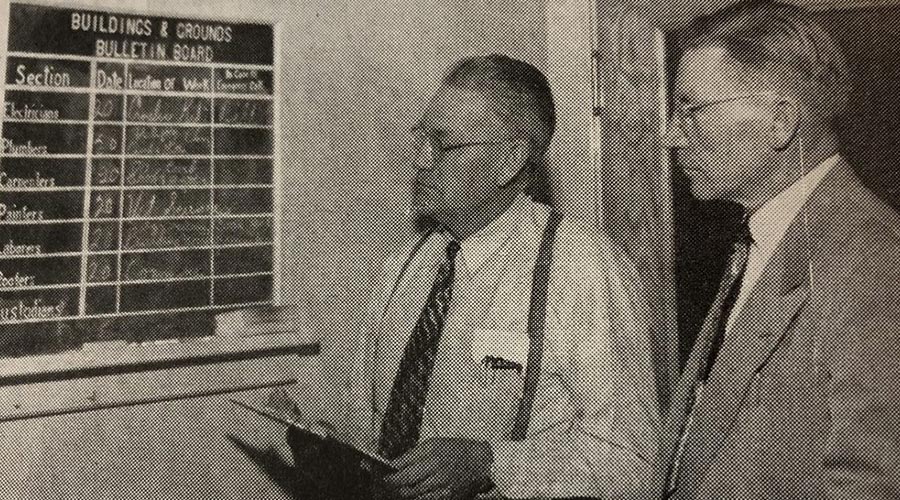EV Charging Stations Beginning to Show Up More On Campus
Popular use of electric vehicles doesn't have the history of car sharing networks yet, but facility and transportation managers are increasingly seeing electric vehicles show up on their grounds. And with the appearance of the all-electric Nissan Leaf, or the hybrid system of the plug-in Chevrolet Volt, comes calls for EV charging stations on campus.
Early adopters are beginning to install charging stations to help meet demand, even if the experience sometimes has its problems.
John Marlow, fleet administration manager for Ohio State University, says the school is getting set to place three charging stations on campus. The time frame for installation was pushed back due to a problem with the original manufacturer an in-state vendor shut down before they delivered product to OSU.
"It's a young market right now, and everybody wants a piece of the pie," even if they don't know they can deliver on their promise, says Marlow.
After switching to a different manufacturer, the university will install the three stations, but no immediate plans exist to add to that number. "We've nothing in the works right now," Marlow says. "First we need to get feedback and determine demand."
Similarly, the University of Illinois at Champaign-Urbana has also added three stations, designating two for fleet vehicles and one for staff use. The latter station was added, Johnston notes, as part of a sustainability objective for the UI research park.
Aside from the aesthetics — the charging stations have been installed in locations on campus that are not highly visible — the other challenge to EV charging stations has been the cost and oversight.
"We've installed these where there is a campus unit willing and able to fund and maintain the charging stations," Johnston says. The university is considering using higher priced parking meters as the funding mechanism. Locations of future stations will be determined by the existing electric infrastructure in parking decks around campus.
Many organizations find that the oversight of the charging stations is best left to a vendor. Walgreens is one example. The company has begun installing EV charging stations at select retail locations. At present the company hosts 450 stations, with an aim to raise that number to 800 in the near future.
Because Walgreens often uses retail locations to be an aggregator of conveniences — think video rental kiosks, or propane tank services, all outside the drugstore itself — it has also turned to EV stations. "We host these locations and work with providers who will install, manage and maintain the stations," says Menno Enters, director of energy and sustainability for Walgreens.
Kimber similarly wants to meet demand for charging stations on Swedish Health's campus, but says there are limiting factors.
Kimber explains that infrastructure is the main limitation at the moment. Station installation is bedeviled at Swedish by computer access and the older parking structures on campus, which makes it cost-prohibitive to install EV chargers.
"There are several electric vehicles — owned by staff members — that are already on our campuses," Kimber says.
Her observation isn't an anomaly. Without question, use of plug-in vehicles is increasing, and facility managers will likely have to accommodate demand in the near future, even as some of the early-adopter issues have to be worked out.
Ohio State University's Marlow also adds one final caveat. "Make sure that you talk with building inspectors and local code officials," he says. "Find out what the requirements are beforehand."
He says OSU found out that a permit was needed for each charging station location, not just one blanket permit for the three stations they have planned.
"It's so new that not everybody knows or understands what's required before the installation," Marlow says. "Make sure that's something you verify, too."
Related Topics:














